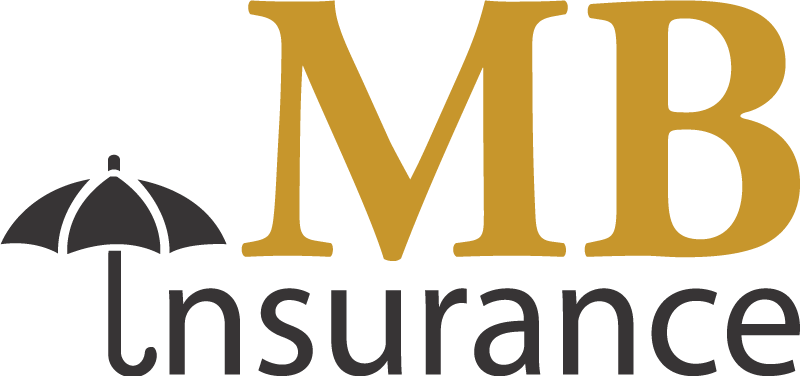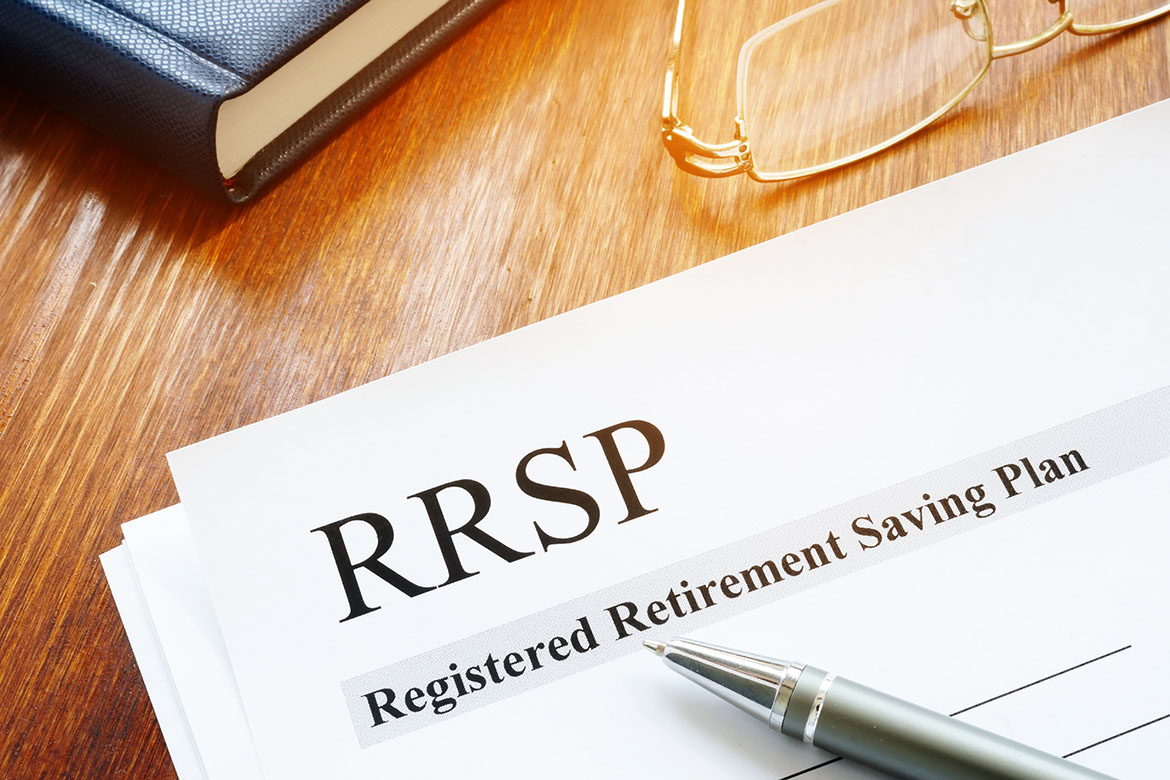Hello, future financial wizards! Today we’ll dive deep into a topic that might seem hard, but keep reading; it will be worthwhile. Today, we’ll uncover the mystery behind Registered Retirement Savings Plans (RRSPs) and, more importantly, how to withdraw your RRSP and avoid paying rrsp withdrawal tax in Canada. So, grab a cup of tea, sit back, and let’s get started.
What’s An RRSP Anyway?
Before we talk about how to avoid your rrsp withdrawal tax, let’s discuss what an RRSP is. The RRSP, or Registered Retirement Savings Plan, is a type of Canadian account which you can use to hold your savings and investment assets. The RSSP is an initiative of the government to promote saving among retired employees for their future.
Also Read: Mortgage Protection Insurance Versus Life Insurance: Which One To Choose
One of the coolest things about RRSPs is that any income you contribute to your RRSP is considered non-taxable. Thus, the RSSP reduces your taxable income for that year. But there’s a catch. When you withdraw the money, usually during your retirement, you’ll have to pay rrsp withdrawal tax on your income. However, don’t worry. There are many reasons that you can use to pull money without paying rrsp withdrawal withholding tax. Sounds like a dream, right? Well, read on to make that dream a reality!
Strategy 1: The Home Buyers’ Plan (HBP)
First, buying a house is a significant milestone and one of your largest investments. Wouldn’t it be great if you could access some of your savings to help with the purchase? The Home Buyers’ Plan allows you to do exactly that. You can withdraw up to $35,000 from your RRSP to buy your first home, and you won’t have to pay a dime in tax!
However, like all good things, there’s a caveat. You must repay the amount you’ve withdrawn into your RRSP within 15 years. If you fail to repay in a given year, the amount due for that year is added to your rrsp tax withdrawal. Proper planning allows you to manage the repayments while securing your dream home!
Strategy 2: Lifelong Learning Plan (LLP)
Furthermore, education and skill development are key to ensuring a bright future. So if you plan to return to school or pursue some form of advanced training, the Lifelong Learning Plan can be a godsend. The LLP allows you to withdraw up to $20,000 from your RRSP for education or training for yourself or your spouse. As with the HBP, these withdrawals are tax-free but must be repaid, in this case, over ten years.
Strategy 3: Income Splitting
Let’s discuss income splitting, a complex strategy but pretty straightforward. Income splitting is a clever technique to reduce your family’s tax on rrsp withdrawal. It works like this: if you earn more than your spouse, you can withdraw money from your RRSP and give it to them to invest. The income generated from these investments will be taxed at their lower rate, reducing the overall tax your family has to pay. But remember, this should be done following the Canada Revenue Agency’s attribution rules, or you could face unwanted tax consequences.
Strategy 4: Tax-Free Savings Account (TFSA)
A Tax-Free Savings Account, or TFSA, is another excellent tool in your financial arsenal. You can move money from your RRSP to a TFSA, and withdrawals from a TFSA are completely tax-free. However, when you withdraw money from your RRSP to put it in your TFSA, it counts as a withdrawal, and you’ll have to pay tax. But here’s the trick: if you do this when your income is lower, for instance, if you take a sabbatical or go back to school, you’ll be in a lower tax bracket and will pay less tax on the withdrawal.
Strategy 5: Early Withdrawals
With RRSPs, timing can be everything. Believe it or not, sometimes it might actually make sense to withdraw money from your RRSP before you retire. This can be beneficial, especially if your income is lower now than expected when you retire. That’s because the amount of tax you pay when you withdraw your RRSP depends on your income in the year you make the withdrawal. However, be aware that once you withdraw your RRSP, you can’t put it back in, so think this through carefully!
Also Read: Why Life Insurance Is Worth Your While at Any Age
Wrapping it Up
There you have it, folks, a comprehensive look into the various strategies you can use to take out money from your RRSP without paying taxes. Remember, these strategies are not a one-size-fits-all solution. Every person’s situation is different, and what works for one may not work for another. Therefore, seeking advice from a financial advisor or tax professional is crucial before making any significant financial decisions.
Nevertheless, gaining a basic understanding of RRSPs and how taxes work is essential for smart money management. After all, with smart saving and planning today, you could be lounging on a beach somewhere, sipping a cocktail during your retirement years. And who wouldn’t want that? Let’s get started on making those dreams come true!
If you want more information about the RRSP account, contact MB Insurance. We’ll provide you with more information about how you can manage your RRSP account.

